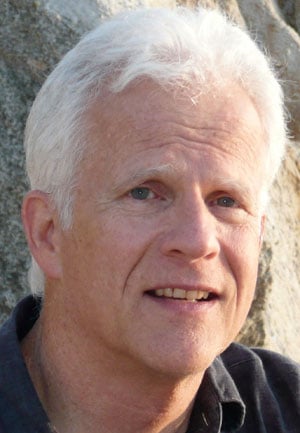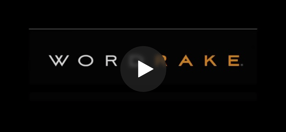The Difference between "Propensity" and "Proclivity"
Ninety years later, the debate still rages over whether it happened in an Amilcar or a Bugatti. Amilcar went wheels up in the 1930s, but Bugatti thrives today, and on the Bugatti website one senses they’re a little proud that the bizarre accident might have occurred in a Bugatti Type 37, a two-seat roadster with thin tires and wheels, cross-spoked like a bicycle’s and anchored by a large butterfly nut. Just like the Amilcar. But let’s go back to the beginning and meet our protagonist.
No one has ever lived larger than Isadora Duncan (no one has ever died larger either, but I’ll get to that in a moment). She embodied the sentiment that many people speak, but few really live: “I don’t care.” She was referring to rules, convention, the norm, the expected. She was the free spirit hippies later wished they could bring themselves to be.
Born in 1877, Isadora was six when she first taught “movement” to young neighbor children. By the time she turned 10, her dance classes were so large, she quit school to teach and pursue a stubborn vision: that ballet restricted; that chassé, glissade, petit fouetté confined; that the body and the mind should be free, and that movement should have a language all its own. She studied classical Greek imagery and Renaissance art and ancient pagan rituals and blended all with the natural movements of skipping, leaping, and jumping. Eventually, Isadora Duncan skipped and leaped and jumped into history as the “Mother of Modern Dance.”
Isadora shocked and delighted audiences in America and then Europe with her propensity – an innate, often uncontrollable longing – for dancing barefoot in long, sheer, translucent, flowing fabrics--or sometimes nude. She once wrote of herself, “I spent long days and nights in the studio seeking that dance which might be the divine expression of the human spirit through the medium of the body’s movement.” One reviewer called her “the kinetic embodiment of art nouveau.”
Across Europe, from London to Paris to Berlin to Moscow, Isadora was painted, sculpted, and immortalized in poetry. She opened dance schools for young girls. “You were once wild here,” she told her students. “Don’t let them tame you.”
Besides her propensity for leaping barefoot across a stage, Isadora had a proclivity – a habitual indulgence driven by her temperament, sometimes implying a tendency toward evil, and always implying an urge even greater and less controllable than a propensity or a penchant – for exotic or creative or rich men and open sexuality, including men and women.
She had a child by a theatre designer, another child by an heir to the Singer Sewing Machine fortune, and a third child who died shortly after birth. Her nanny and both children, a girl seven, a boy three, drowned in Paris when their driver failed to set the hand brake and their car coasted off a bridge into the Seine. She married only once, when she moved to Russia to open dance schools just after the Russian Revolution. But the marriage, to a Russian poet, 17 years younger, lasted only a short while, and the poet hanged himself after slitting his wrists and writing his last poem in blood. There are many more stories of lovers and poets and sculptors, and patronage by Lenin.
But Isadora’s passion was art. She studied all forms and blended them with her dance. She even showed insight into writing. “It has taken me years of struggle, hard work, and research to learn to make one simple gesture, and I know enough about the art of writing to realize that it would take as many years of concentrated effort to write one simple, beautiful sentence.”
In her professional life and her personal life, Isadora had a penchant for – a decided taste for, an irresistible attraction to – long flowing silk scarves. That night in Nice, September 14, 1927, the infamous scarf she was wearing had been painted by a Russian artist.
Carrying Isadora and her lover to a tryst, the two-seat roadster reached full speed about the time the long, flowing silk scarf wrapped itself around the butterfly nut, weaved itself into the spokes of the rear wheel, and snapped taut, strangling Isadora, jerking her out of her seat, and slamming her – or, as the New York Times reported, “precipitating her with violence” – onto the cobblestone street. Her lover dragged her a short way before he realized. She was pronounced dead at the scene.
Although those present that night insisted the roadster was an Amilcar, Bugatti still claims, “this latter version is certainly false,” because Isadora’s penchant was “reserved for a single brand of automobile: Bugatti.” According to the Bugatti people, Isadora also had a proclivity for a particular Italian auto mechanic who sold Bugattis and who purportedly was the driver of the car that night. Her propensity for dance might have saved her, but a penchant for long flowing scarves and a proclivity for exotic lovers led to her premature demise.



